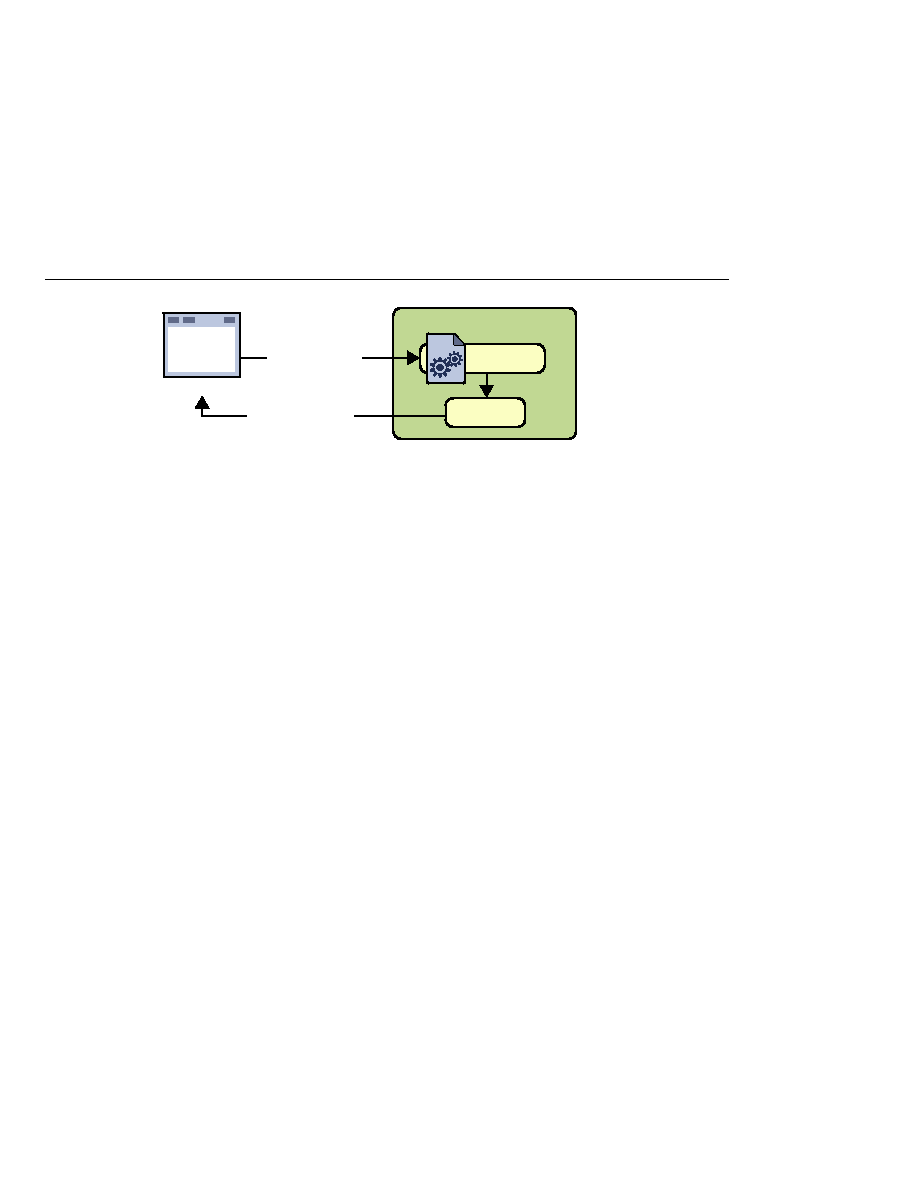
JavaServer Faces Technology Benefits
JavaServer Faces Technology Benefits
JavaServer Faces tags. It expresses the user interface components by using custom tags defined
by JavaServer Faces technology. The UI for the web application (represented by myUI in the
figure) manages the objects referenced by the JSP page. These objects include
of the components
primary benefits of using JavaServer Faces technology and explaining what a JavaServer Faces
application is, it describes a simple application and specifies which part of the application the
developers of each role work on. It then describes the UI component model, the navigation
model, and the backing bean features supported by JavaServer Faces technology. Finally, this
chapter uses a page from a simple application to summarize the life cycle of a JavaServer Faces
page.
between behavior and presentation. Web applications built using JSP technology achieve this
separation in part. However, a JSP application cannot map HTTP requests to
component-specific event handling nor manage UI elements as stateful objects on the server, as
a JavaServer Faces application can. JavaServer Faces technology allows you to build web
applications that implement the finer-grained separation of behavior and presentation that is
traditionally offered by client-side UI architectures.
development team to focus on his or her piece of the development process, and it provides a
simple programming model to link the pieces. For example, page authors with no programming
expertise can use JavaServer Faces technology UI component tags to link to server-side objects
from within a web page without writing any scripts.